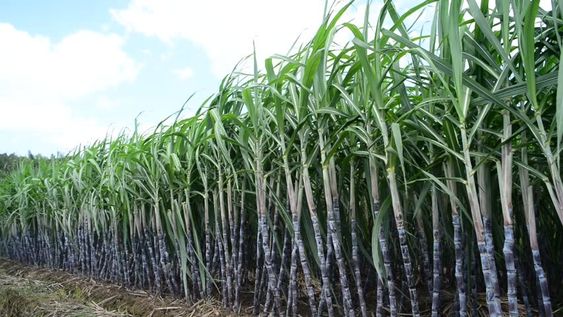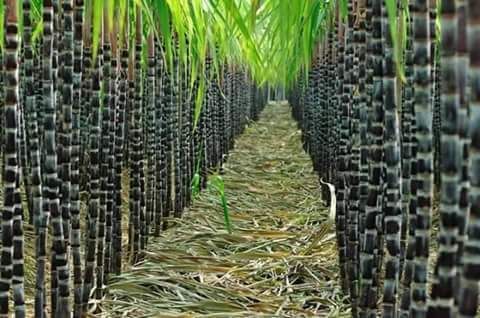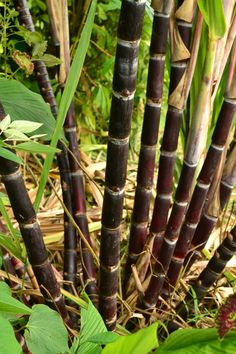While not classified as a fruit, sugarcane plays a significant role in both cooling and moisturizing. Its long and sturdy trunk offers a multitude of benefits and applications in human life.
Saccharum officinarum, commonly known as sugarcane, is a tall perennial grass primarily cultivated for extracting its sweet juice. Predominantly thriving in tropical and subtropical regions, this plant’s stems are harvested and processed to yield the sugarcane juice essential in producing sugar and various other sugarcane-derived products.
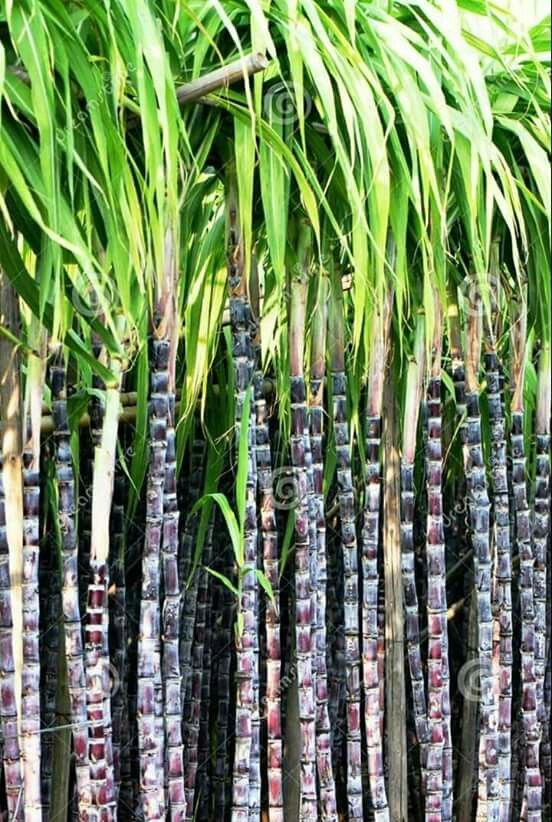
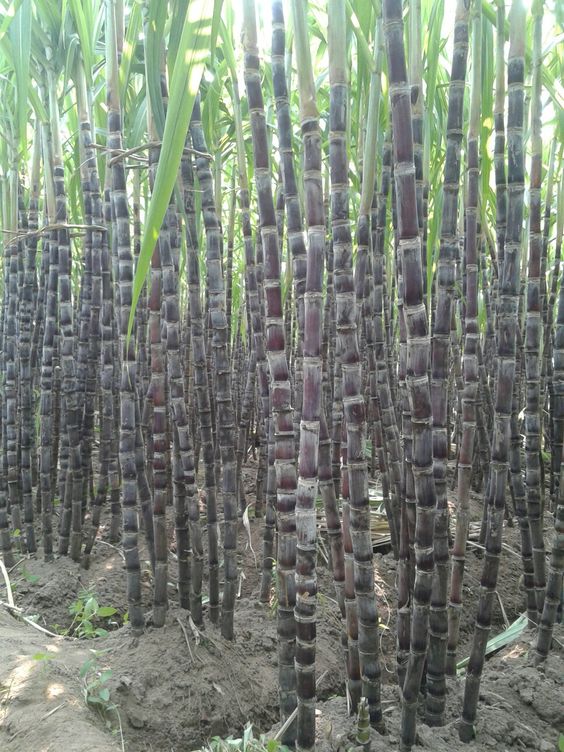
Sugarcane juice extracted from sugar cane is renowned for its sweet flavor and high water content, offering a refreshing and hydrating experience. This cool beverage isn’t just a delightful drink on scorching days; it can also be transformed into various forms like juices, smoothies, or blended with other ingredients to craft invigorating and nutritious refreshments.
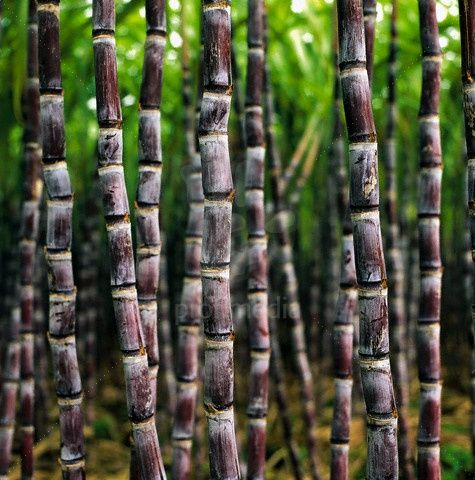
Sugar cane finds extensive applications in both the food and processing industries. The sugar derived from sugar cane serves as a crucial natural sweetening agent incorporated into numerous foods and beverages. Products stemming from sugar cane encompass a wide range, including white sugar, brown sugar, molasses, cane jam, and cane wine. Furthermore, sugar cane also contributes to the manufacturing of materials like paper and bioplastics.
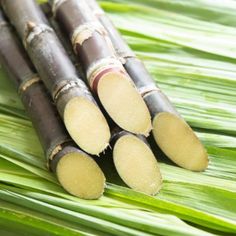
Sugarcane holds significant cultural and economic value in certain regions. Its cultivation serves as a vital income source for many farmers and rural communities. Moreover, sugarcane growing areas boast stunning and distinctive landscapes, adorned with expansive green sugarcane fields.
Beyond its economic role, sugarcane also exerts a positive influence on the environment. Owing to its robust root system and high carbon dioxide absorption capacity, sugarcane plays a pivotal role in curbing atmospheric carbon levels and maintaining soil stability.

Another remarkable aspect of sugarcane is its capacity for regeneration. Following harvesting, the sugarcane plant can regrow from its roots, initiating subsequent cycles of growth and yielding numerous consecutive sugarcane crops. This characteristic significantly contributes to the sustainability and enduring viability of the sugar industry.
